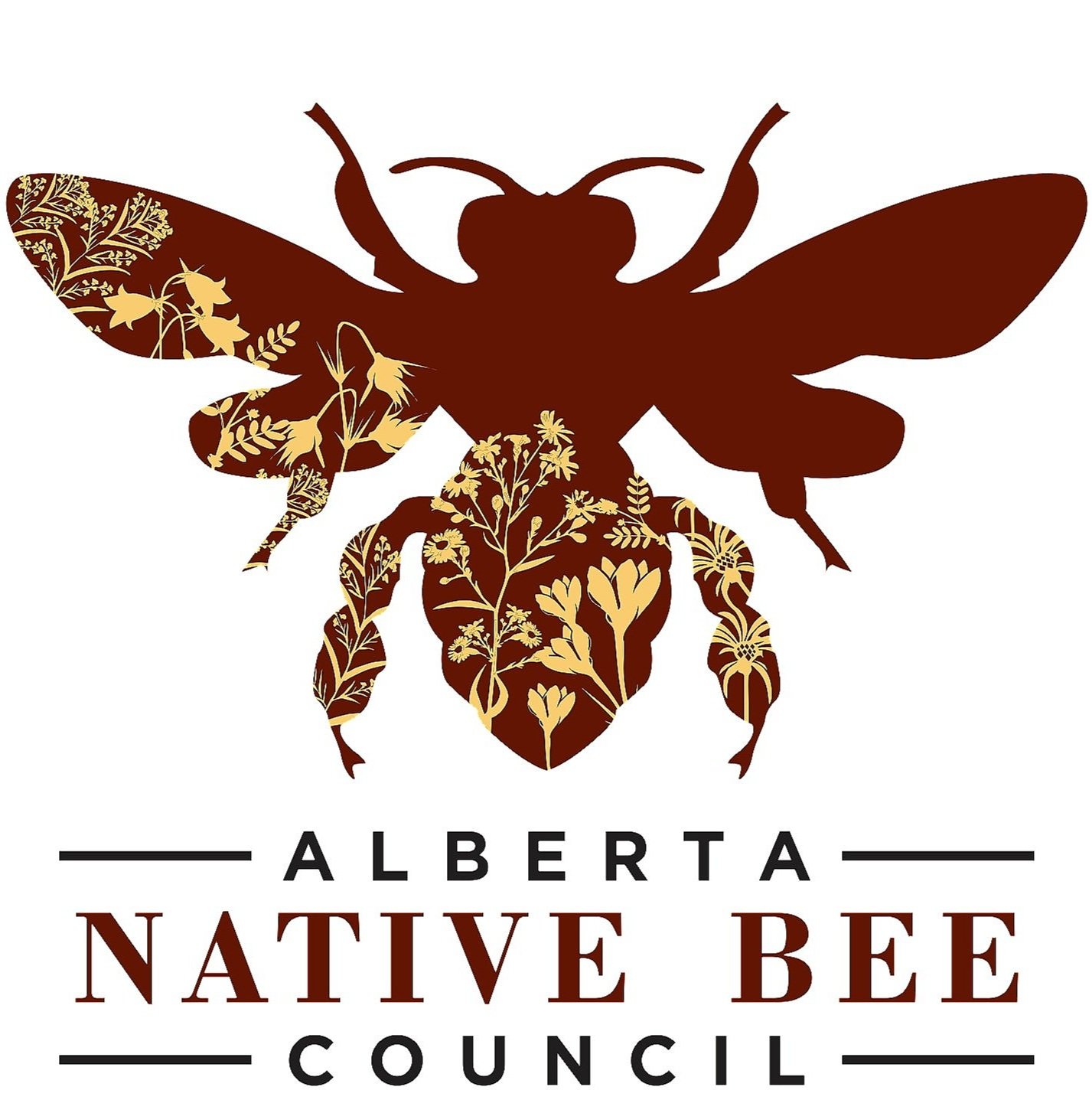The Status of Wild Bees in Alberta
The Government of Canada assesses the status of wild species in Canada, including bee species, with the most recent assessment completed in 2015 (reference 1). Of the 321 species that the report documents for Alberta, one species is ranked as Critically Imperiled, seven as Imperiled, and 53 are listed as Vulnerable. The majority (180 species) are ranked as Secure or Apparently Secure. However, there are also many species (80) that lack data and are unrankable (reference 1). These 321 species represent about 34 genera in five families. Species that have been introduced to Alberta and are not native to the province, such as the European honeybee (Apis mellifera) and the alfalfa leafcutter bee (Megachile rotundata) are not assigned a rank (NA). There are 5 species of introduced bees in Alberta, most of which are used for agricultural purposes.
Bumble bees are among the most easily recognizable bees and are bees that most people are familiar with. Of the twenty-eight bumble bee species that occur in Alberta, one is ranked as Critically Imperiled (Bombus bohemicus; the Gypsy Cuckoo Bumble Bee) and four are ranked as Vulnerable. Notably, of these five bees, four are cuckoo bumble bees, which parasitize the nests of other bumble bee species.
In addition to broad assessments like the Status of Wild Species reports, the Committee on the Status of Endangered Wildlife in Canada (COSEWIC) produces detailed status reports, which contain the most recent information on the assessment of species that are of concern, and which uses a slightly different classification system. COSEWIC status reports exist for Bombus bohemicus (endangered; 2014), Bombus occidentalis occidentalis (Threatened; 2014), Bombus suckleyi (Threatened; 2019) and Bombus terricola (Special Concern; 2015) (reference 2). As the relatively recent COSEWIC status reports show, our knowledge of the bee fauna in Canada and Alberta continues to evolve. The Macropis Cuckoo Bee (Epeoloides pilosulus), which is classified as Critically Imperiled in Canada, was recently documented in Alberta (reference 3) and the COSEWIC assessment is currently being updated.
Understanding the status of bee populations requires monitoring, which is the main driver for the Alberta Native Bee Council’s Native Bee Monitoring Program, which we initiated in 2018. Your annual memberships and donations in part support this important initiative.
References:
1. Canadian Endangered Species Conservation Council. 2016. Wild Species 2015: The General Status of Species in Canada. National General Status Working Group.
2. Committee on the Status of Endangered Wildlife in Canada. COSEWIC Status Reports. https://www.cosewic.ca/index.php/en-ca/status-reports.html.
3. Sheffield, C. S., & Heron, J. (2018). A new western Canadian record of Epeoloides pilosulus (Cresson), with discussion of ecological associations, distribution and conservation status in Canada. Biodiversity data journal: (6).

